Aquaculture Exam 2
1/72
There's no tags or description
Looks like no tags are added yet.
Name | Mastery | Learn | Test | Matching | Spaced |
|---|
No study sessions yet.
73 Terms
exons
coding parts of the genome transcribed into RNA
Goals of domestication
more preditable performance of cultured populations
genetic improvement towards desirable phenotypes
will likely not respond to selection
if a trait has low repeatbility, how will it respond to selection
low
hertability level of surviivial and reproductive fitness traits
Strain testing exerpiment
exisitng strains are compared to determine WHICH strain to use and how to cross them for breeding
→ can be affected by maternal effects and interactions between strands
Diallel cross
mating scheme, type of strain test
where paretns and reciprocal crosses are invovled along the F1 generation
allows control of maternal and interaction effects
heterosis
breeders use a cross to start their founders if this trait is present
heterosis
hybrid vigor, where the hybrid is uperior to the average value of the two parents
improvement invovles crossing the two strains
Mosaic strain
occurs when multiple strains with similar value
uses founders from ALL strains
maximines the initial genetic variability and potential for genetic progress through selection
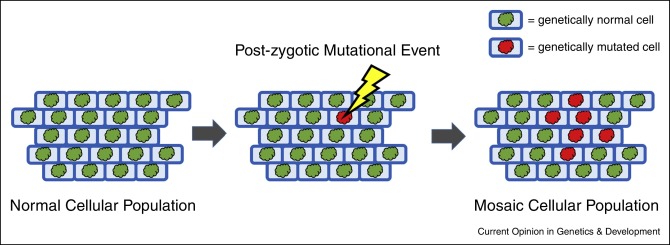
Quanitiative Traits
continous distribution and measured by some quanitiative variable
determined by a large number of genes
example: rsistance to diseases, growth, carcass yields, reproductive outputs
heritability
genetic variance/phenotypic variance
measure of the strength of genetic effects on the traits assesed
genetic variance
Vg = additive variance + epistatic variance +domiance variance
Vi
epistatic variance, interaction among loci
Hertability, with additive affects
in a more narrow sense,
H2 = additive genetic variance/phenotypic variance
predicts the degree of resembalnce among relatives and response to selection pressure
Va
additve variance, some aleles that have an additive or subsution effect
genetic effects contribute to the response of selection
response to selection
r = H2 X selection diifferential
selection differential
mean of the selected group - mean of the population
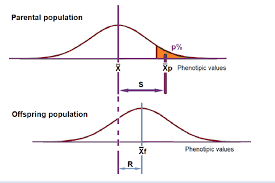
Degree of resemblance
comparsion amonst relatives to reflect the strength of additive effects
hertability of two full sublings
H2 = 2x variance among sibilings (R) / phenotypic variance
hertability among half siblings
h2 = 4x variance among half sibs (R) /phenotypic variance
Common Garden Design
controls for the effects of phenotypic plastiicity and genotype-by environment interactions by:
growing idnividuals from DIFFERENT populations in the SAME environment
After growth, the paramter is measure and genotyped
pedigree anaylsis takes place to study genetic basis of trait
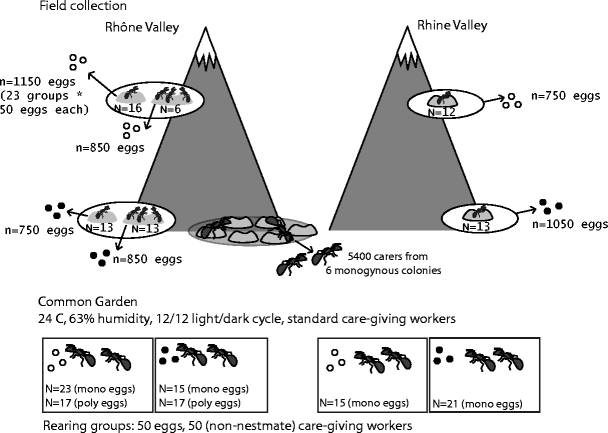
high hertaibility
H2 > .5
morphological tratins, coloration patterns may be present
H2 <.1
low hertability
typically surivival and reproductive fitness traits
H2 = .2-.5
intermediate hertaibility
traits: body size, growth rate, caracass yield traits
Pleiotropic effects
where the same gene effects multiple traits
Variance in phenotype
Vp = Ve + Vg + Vg X Ve
Gametic disequilibrium
occurs when genes affecting two traits are near each other (but on different loci), resulting in transmission during meisosis via corssing over
→ driven by recombation rates and gene distance from one another
→ ex: correlation between MP pelvic and pectoral rays in pink salmon
results in 2 haplotypes
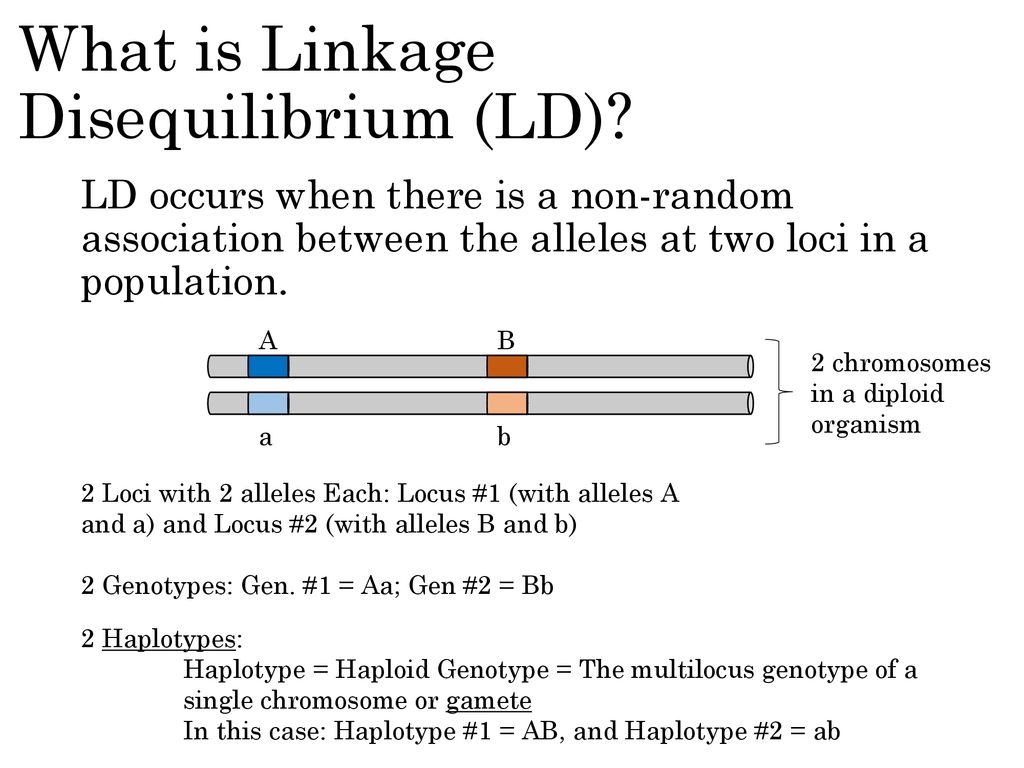
Intra family selection
selection method where if H2 is low, the best individuals within a family is selected to improve efficiency
Peddigree based selection
selection method useful in animal models
extends family selection to complex multigenertional pedigrees
maximinizes knowledge of genetic relatedness
individual selection
type of selection method useful with high hertability traits
selection pressure
a trade off between the genetic gain and loss of diveristy, and increase cost of breeding
→ exctected genetic gain per generation
genetic gain per generation
→ increased if selection differential (mean value after selction) is higher
→ leads to reduced number of family contribution> increase cases of inbreeding and loss of genetic diveristy
→ ptoential to respond further to selection in future generations
Measure of resposne to selection, uncontrolled environment
measured with a control line of unselected traits
two lines should be bred
measure of selection response, controlled environment
- based on estimated genetic values of each generation accouting for pedigree relationship
limitied in envionmental variable locations, where there is genetic and envriomental interaction
Marker assisted selection
genomic approach to selection wehre the major gene (single locus with quanitiative character) is marked
→detection o fmajor genes is either through the bimodial distirbution of phenotypes, or hetergenity varaicne within family and sgegregation in pedigreed populations
Molecular markers
type of marker assisted selection wehre tracking is absed on a DIRECT assessment of DNA sequence varaition using markers across the genome to find associations
→ genome scan: marked genome with small intervals inbetween
Quantiative trait loci
type of marker assisted selection wehre markers are proximal to major agenes affecting the trait
→ linkage measured by comapring the phentype in alternative genotypes at all markers
→f Frequency at which markers genotype results in a specific phenotype: informs distance between the marker and real ATL
→ bascially an indirect measurement of the location of the QTL
Association Mapping
type of marker
linkage between markers and trait identified with families or by genotyping alterative phenotypes within a population
→ genotyping alterative genotypes within a population
→ abased on high density gneotyping for the discvoery of association
→ statisically aossicated with a trait or disease
Marker asissted selection steps
once a QTL is found, individuals are genotyped. The marker and coalleles are seleccted if they carry favorable alelels
can be comvined with traditional pedigree based selection to efficency
measuring phenotype is needed, as selection is based solely on the genotype (allows for assessing genetiv values at the QTL at early life stages)
Limittions to Marker Asssitated Selection
breeding values need to estimaed based on phenotype
limitation on the number of traits that can incororated
low efficiecy for traits with low heritability
restricted to tratis that can be measured cost effective on lots of animals
Genomic selection
type of selection that uses a reference populationa s a score at key production tratis and genotyped at thousands of SNPS
→ prediction equations are consturcted by combiing all the marker genotypes and theri effects to generate a GENOMIC ESTIMATE BREEDING VALUES
→ applied to a group of animals that have not been phenotyped, breeding values are estimated and the best animals are selected for breeding
→ genetic variance is tracked, as opposed to the subset of QTLS
→ involves heavy cost and effort to characterize individual breeding values
→ large base population needs to be assayed
Inbreeding Coefficient
the probability that two alelels at the locus are idnetnical by descenet
occurs in in small population (capative stock)
0-1
→ leads to increasing homozygosity
Effects of inbreeding depression
reduced growth
loss of genetic diveristy, leading to loss of capacity to respond to selection
Effective population size (Ne)
Size of an ideal population that experiences the same amount of genetic drift as the population under study
→ number of individuals who successfully transmit their genes to the next generation
Ne
standardized measure of the amount of genetic diversity that is maintained in the population and of the probability of inbreeding
→ any factor that increases the variane in reproductive success among brooders reduces this
→ effected by unequal sex ratio (large Vk (variance in reproductive success)) the smaller the Ne 3
Vk
variance in reproductive success among breeders
can be larger in some harchery spawns, especially among females
Management of inbreedng
maintain two lines with a terminal corss for production
introduce new genotypes to the line as (f)
f stablzies as 1/1+4NeM
Effective Size
the harmonic mean of Ne X S in successive generations
infleunced mostly by generations with small Ne
→ important to keep Ne large to avoid bottleneck generations
Management of Ne
Increase N3 and maintain stable over time to avoid bottle necks
ensure mating of unrelated individuals by tracking individual pedigrees
equalize family size
maintain sub-cohorts and corss them according to a rotational scheme
Triploid
occurs when organisms have 3 sets of chromsomes instead of 2
→ females are typically sterile
→ sterlie individuals grow faster because they do not use energy and ntuirents to produce gametes
Triplodisation by shock
shock (temperature, pressure or chemical stimulus) induxues the 2nd polar body in an ooxyte to be reatined, resulting in a 3n state
Control of ploidy sex
obtain sterility in triploid (monosex female)
→ use of hormonal sex reversal to create a neomale to reproduce with a female
grow the faster growing sex if there is a sexual growth dimorphism
useful to avoid aggressive behavior or over reproduction in mixed sex populations
tetraplodization
prpduced direclty in inhbiting embyronic meiosis via shock treatmetns
produces a 4n individuals
tetraploidization in oysters
invovles two successive genreation where the first generation undergoes a triploid shock
second generation shcoks embryos to retain the first polar body (results in 3n and poalr body oocyte)
Production of triplodi by crossing tetraploid lines
→ tetrapplodi males produce 2n sperm> leads to fertilization of normal ooxytes
→ leads to 3n progeny
→ does not invovle shock on eggs> higher viability
→ low success rates in producting 4n genotypes though, leads to low diveristy in 4n stocks avalaible
Gene transfer
the direct injection of transgenes into somatic tissue to induce
IMMUNITY to disease
0> requires injecting DNA in every indvidiual
→ incoroprotated into germ line to that every fish in subsequent generation posesses the transgene
Gene modification
facilitiated by external fertilization
→ microinjections of gene construct in gertilized eggs
→ regulatory barriers for this method might be lifted in the US soon
Transgensis via microinjection
→ DNA is injected in the cytoplasm before the first embryonic mitosis (very short time frame)
→ 10^6-10^8 copies of the transgene injected in small volume
→ difficulties going throgh the chorion and localizing the chromosome in the egg
other methods of transgensis
electroporation, biolitsitcs, virus meidated transmission
Success of transgenesis in fish
→ low success rate, as a stable transgenic line must have intergated transgees in cells of germline
→ issues with expression control:
genes can be integrated into the geone but not expressed (disrupted by reciipent cell if it is non fish DNA)
Transitiory expression
fconsquecnes of transgensis
rom cytoplasmic fragments not integrated in the genome does not allow for stable integration
CRISPR-CAS9
gene editing tech that induces a ds break at a target location in the genome and repiar with modified
→ uses a DNA binding domain that recognizes a specific sequence and a DNA cleavage domain
→ DNA cutting activates a repair mechanism that can be used to rewrite DNA around cutting site
→ enhance or knock out the gene
→ uses in vivo/cell lines of major aquaculture species
GnRH
native analog produced by the brai hypothamlus
gonadotropin releasing hormone
small peptipe (10 amino acids)
Pituitary gland
stimulated by Gnrh to syntheize and secrete gonadotropins and lutenziing hormoens from the anterior
gondaotropins
heterdimer glycoproteins with 200 amino acids
produces follicle stimulating hormome, lutenzing hormomes
steroid and prostaglandins are produced in the ovaries or testis
11-Ketotersoterone
male gondald steorid that is unique to males
begins as progesterone and can transform into testeroine
Vitellogenin
proteins produced in the liver
→ stimualted by 17B estradio
→ integrated into the developing ooxyte within the ovary to provide egg with ntuureitn resources to compelte embryogensis
ovaries
female gonads that are tube shaped
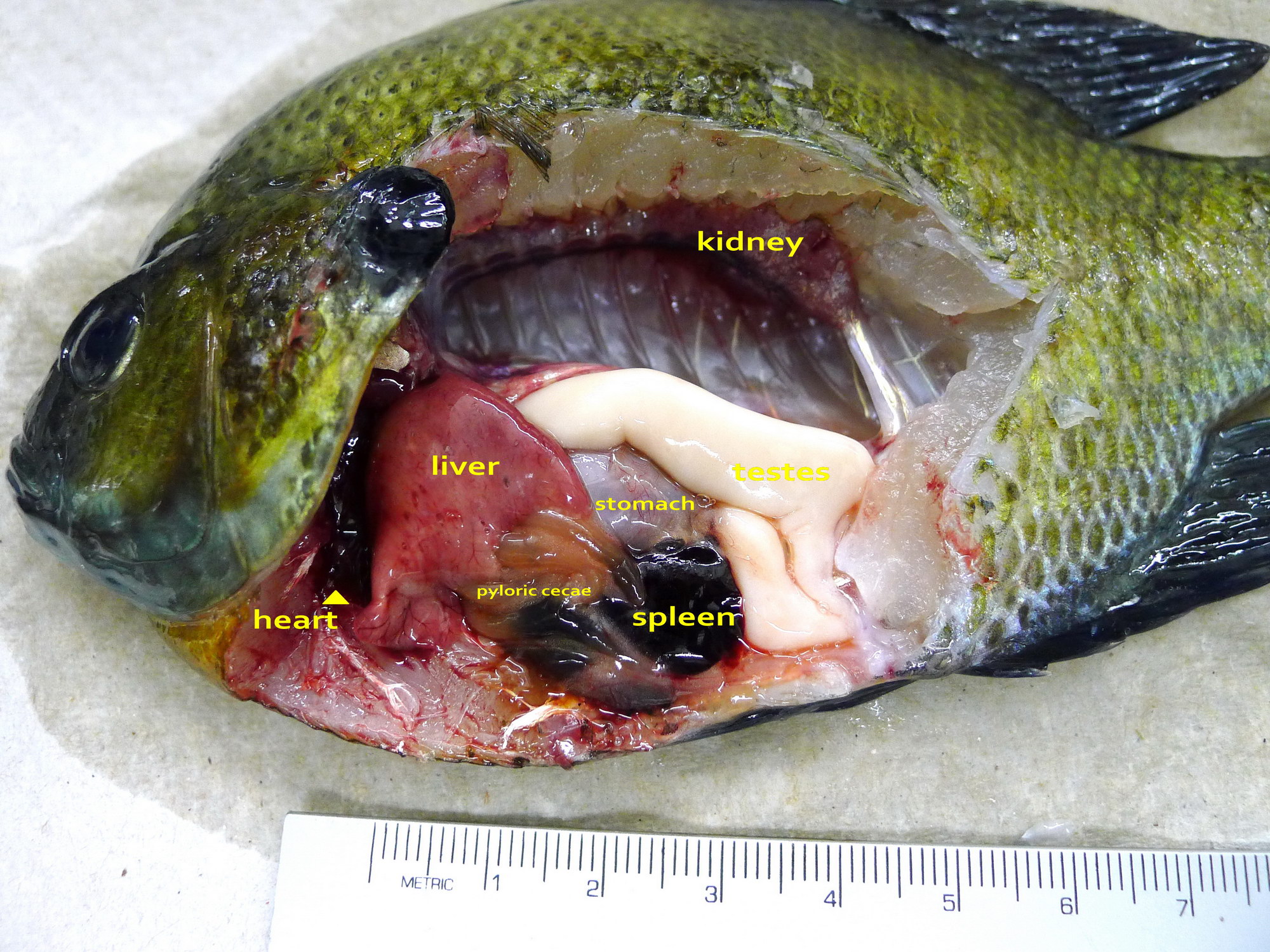
Oogenesis
maturation of female gametes.
Oogonia undergoes meiosis
primary ooxyte is arrested in first prophse I stage, where it stays dormant until final maturation
Previtellogensis
characterixed by growth of the primary oocyte and ovarian lamellae
primary growth phase
characterized by the growth of primary oocyte and the formation of cortical alveouli, where the vitelline envelope becoems prominent
Vitellogensis
occurs during the beginning of prophase I
process of production and accumulation of yolk in a developing oocyte
Collects vitellin proteins and integrates them into developing oocyte within the ovary to provide egg with nutrient resources to complete embryogenesis
